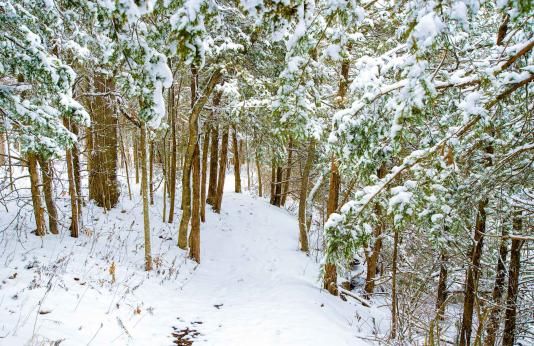The outer wear of animals protects them from the elements and helps to display, attract, hide, warn, and travel. When indoors is a den or a nest during winter, fur and feathers have many functions. And have been known to inspire fashion designers in their collections.
FUR
A mammal’s fur along with thick layers of fat provide insulation that conserves body heat. Fur is made of two kinds of hair: guard hairs and underfur. Guard hairs are long and glossy and lay over the shorter, duller, downier underfur. Guard hairs waterproof the animal’s coat by blocking moisture and keeping the underfur dry. They also protect the underfur from wear. Underfur traps air warmed by the animal’s body heat and insulates from the frigid air outside.
In North America, the length and thickness of an animal’s fur is greatest between November and March. This winter coat is referred to as “prime". When in prime, mammal skin turns blue or creamy white. This occurs because the blood supply to the hair decreases and production of hair pigments stops.
In spring, mammals begin to shed their fur. Some species shed twice a year, in spring and fall, while others shed continuously from early summer through fall.
FEATHERS
Only birds have feathers and every bird has them. They really are an engineering marvel. Feathers are used to display, provide insulation, These can be puffed up for warmth or sliced down for cooling. There are too many parts to each feather to count. They contain multiple microscopic parts. Repairs are made during preening. Contour feathers are outer feathers that cover the body and aid in flight. Wing feathers may be among nature's strongest for its weight. A feather's strength is related to its color. White is the most brittle, and black the strongest. That may explain why birds like snow geese have black wing tips. Down feathers are inner feathers that keep birds warm and insulated. You may have heard the saying, "like water off a duck's back" in your lifetime. This relates the oil glands that birds use to coat wings for wind and water resistance in flight.
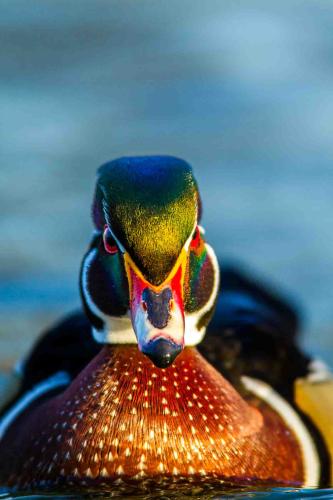
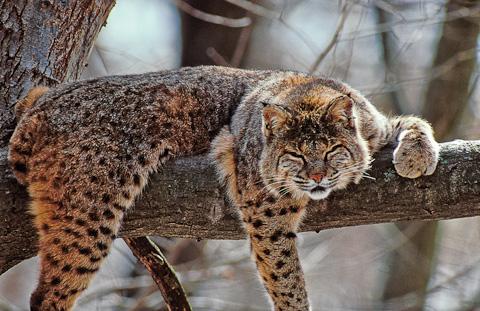
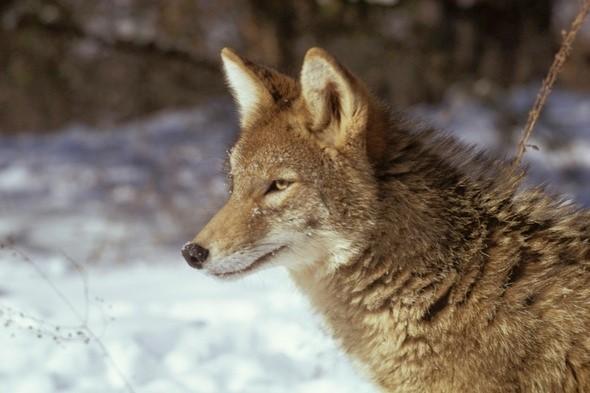
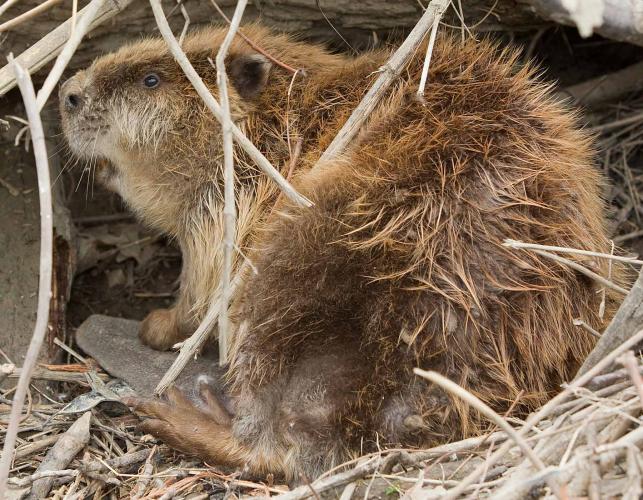
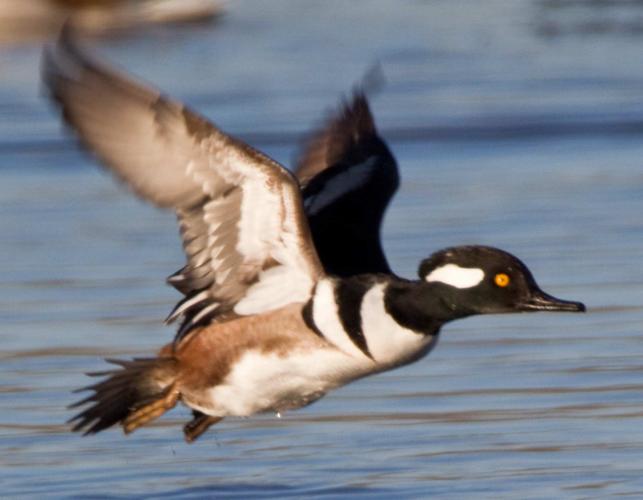
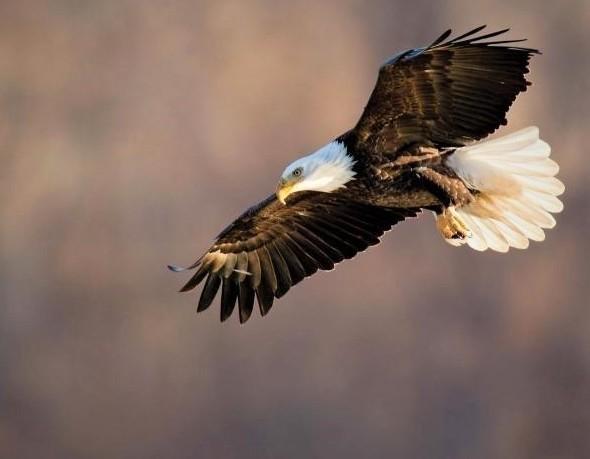
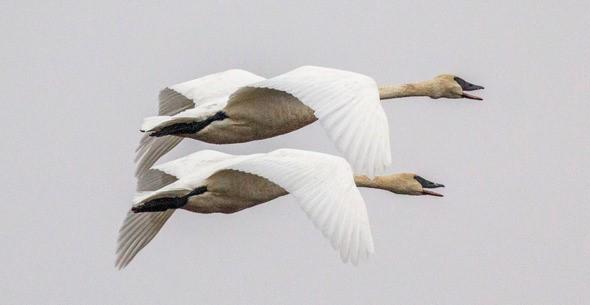
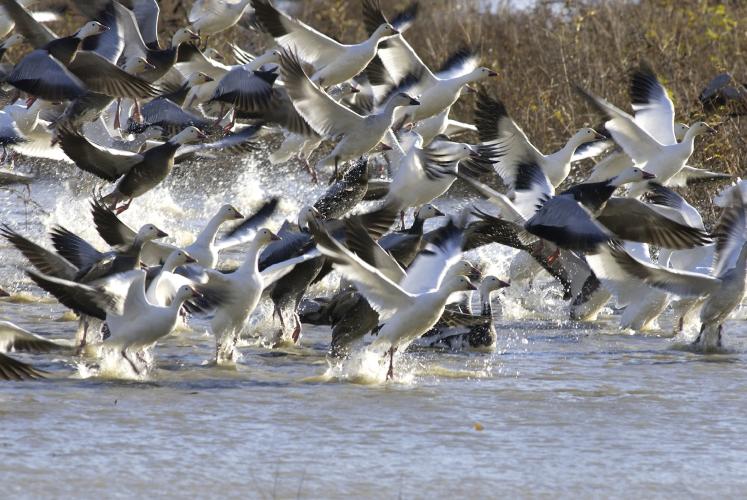
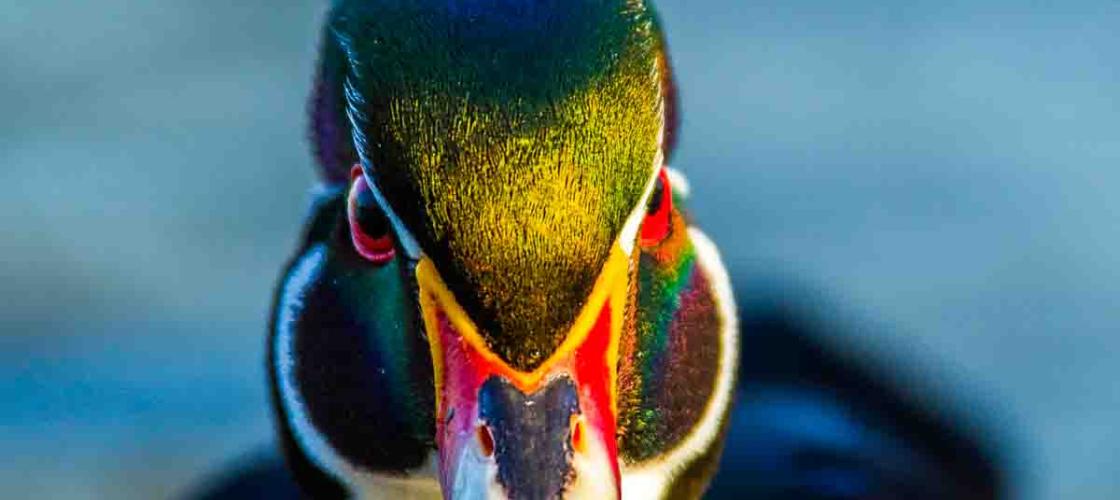

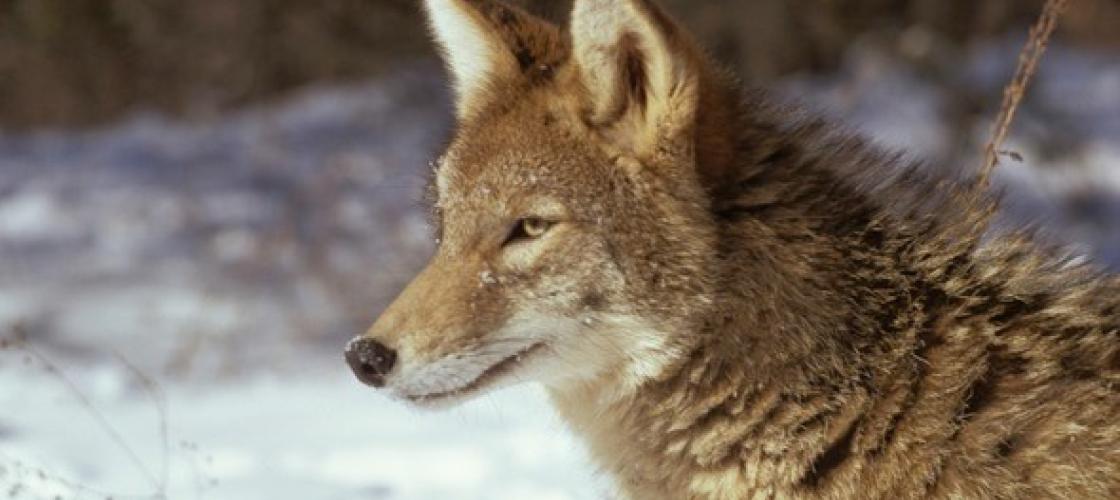
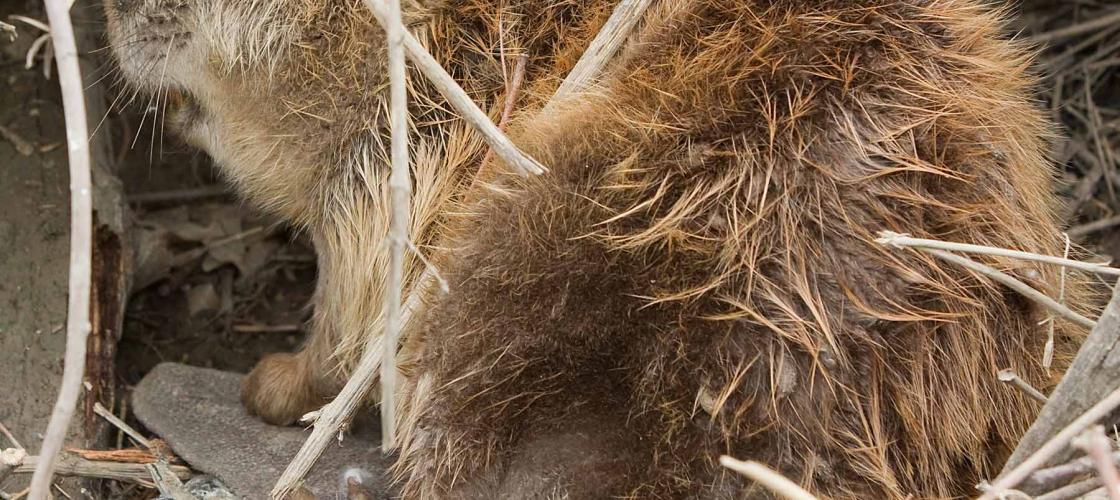
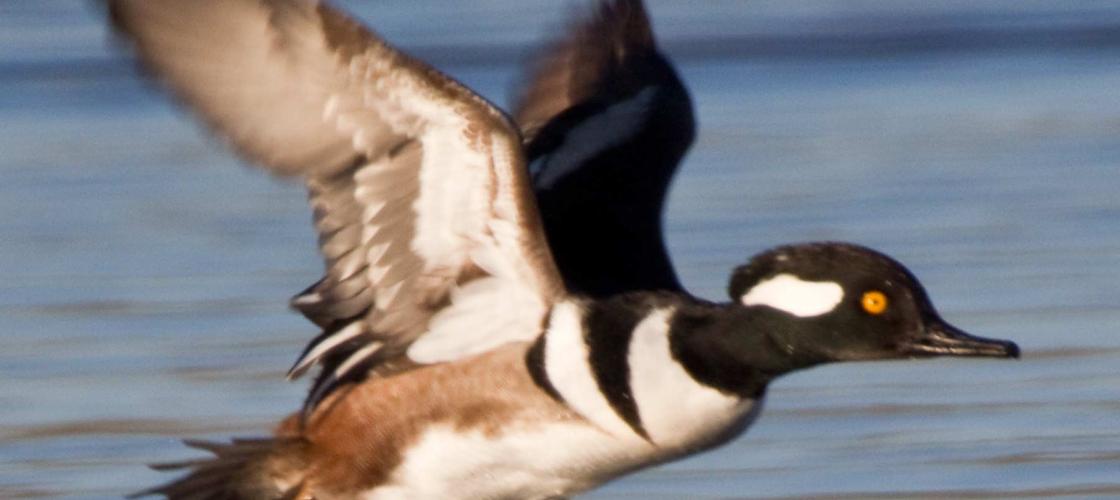
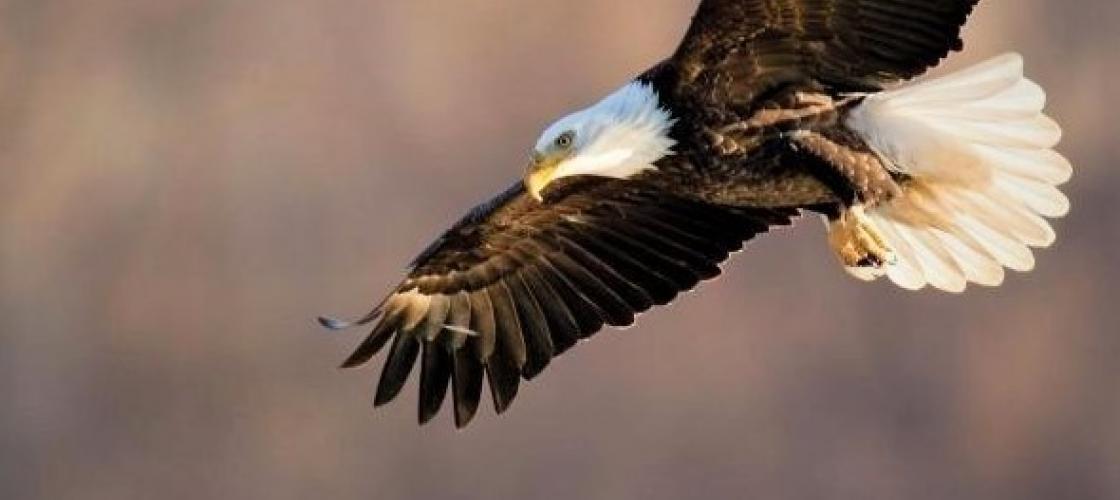
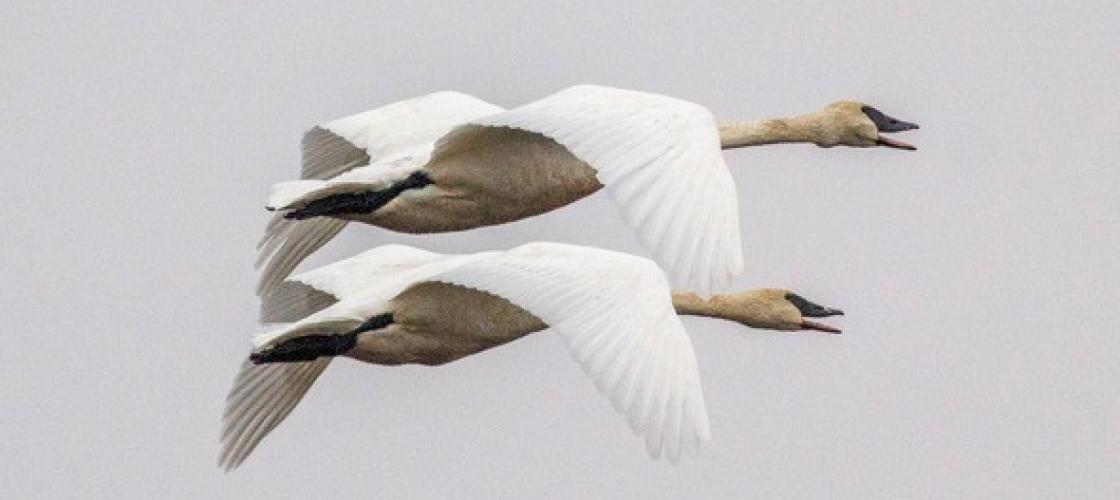
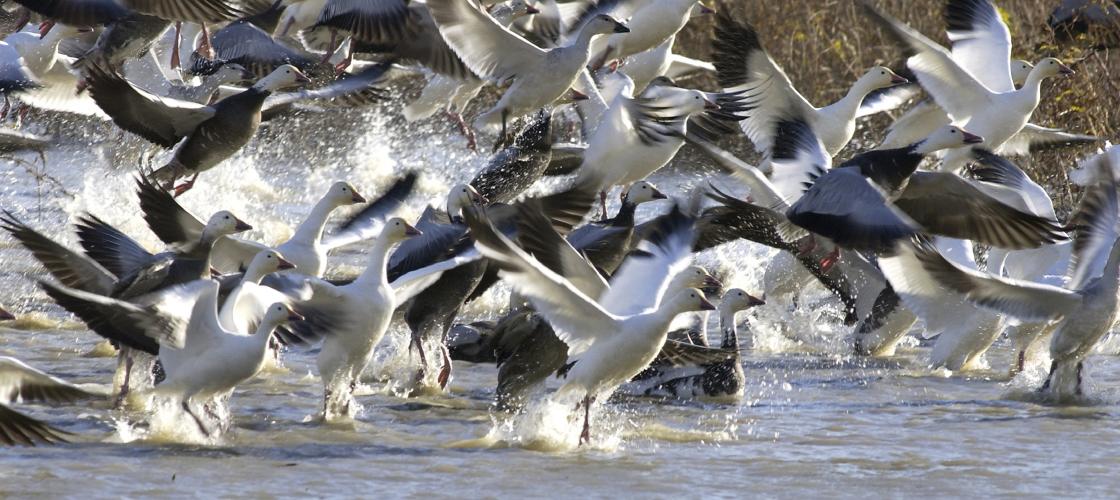
Recent Posts


